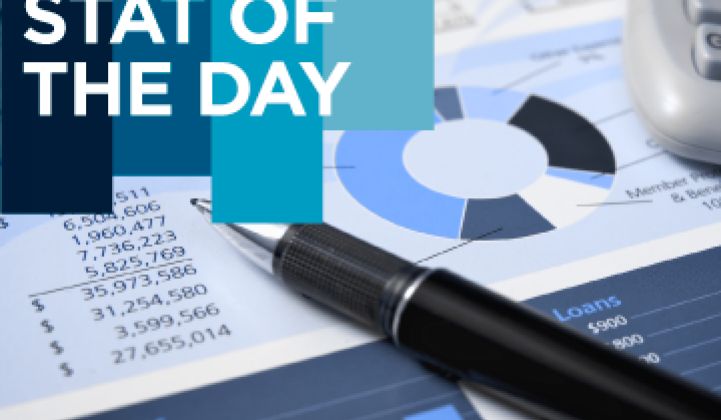Only a quarter of the world’s utilities have yet to invest in the first wave of smart grid -- but more than half of them are already looking at Round Two.
Those are some of the results from Microsoft and OSIsoft’s latest global smart grid survey released at DistribuTECH last week. While only 24 percent of utilities have no smart grid projects underway, a full 52 percent say they need help tying existing smart grid systems into an enterprise-wide whole, the survey found.
That no doubt smells like opportunity for Microsoft, which has a long list of smart grid partners that claim compatibility with its Smart Energy Reference Architecture (SERA) program.
Of course, it’s also an opportunity for Cisco, SK Telecom, and some of the other grid giants that have launched network-of-networks management plays so far this year. Indeed, OSISoft is partnered with both Microsoft and Cisco’s smart grid programs.
It’s all part of the smart grid’s growing pains. Billions of dollars in federal stimulus grants have pushed millions of smart meters and grid devices into the field, and now utilities are overwhelmed with managing them. GTM Research predicts utilities will spend $8.25 billion by 2015 on smart grid enterprise services like customer engagement, business services and grid operations.
Even so, Microsoft and OSIsoft found that 72 percent of utilities haven’t yet started on enterprise-wide integration projects. That sounds like an opportunity from both sides of the smart grid. Smart grid networking upstarts like Silver Spring Networks and Trilliant are promising end-to-end platforms of their own, while Cisco and smart meter partner Itron collaborate on linking meter and grid assets in a unified whole. We’ve also got a slew of partnerships and smart-grid-as-service offerings seeking to bridge the gap between deployment and smooth operations.
Overall, the survey found smart grid implementations up 25 percent in 2011 compared to 2012, but also found that fewer utilities were expecting their smart grid budgets to increase in 2012 -- 63 percent, compared to 72 percent in the previous year.



